In the heart of Alsace (France), between Colmar and Strasbourg, Sélestat is a town well worth a visit on a trip to eastern France. Combining medieval charm, a rich heritage and a gentle way of life, this Alsatian city is a compendium of history, culture and gastronomy.
So what is there to see in Sélestat ? What is the history of the town ? And what are the must-see places ? City of Art and History.
Article produced in collaboration with the City of Sélestat
Sélestat in brief
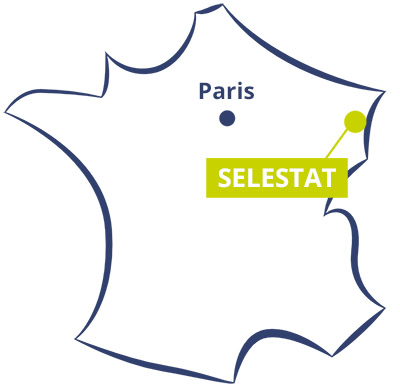
How to get to Sélestat ? The town is easily accessible by train thanks to its station located just 10 minutes’ walk from the town centre and regular connections to Strasbourg, Colmar or Mulhouse. Allow 2 hours 15 minutes from Paris or 20 minutes from Strasbourg.
When to go ? All year round, with a preference for May to October to take advantage of the pleasant weather or in December for the atmosphere of Christmas.
How long to stay ? Sélestat is a town on a human scale. One day is enough to discover it. The town can be used as a stopover on a tour of Alsace.
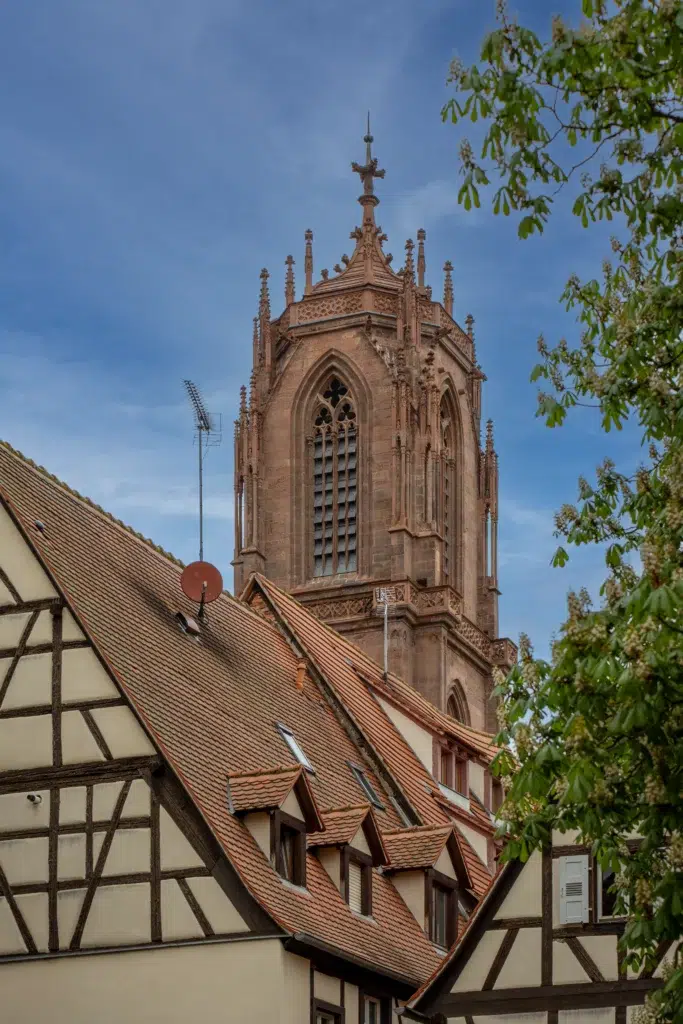
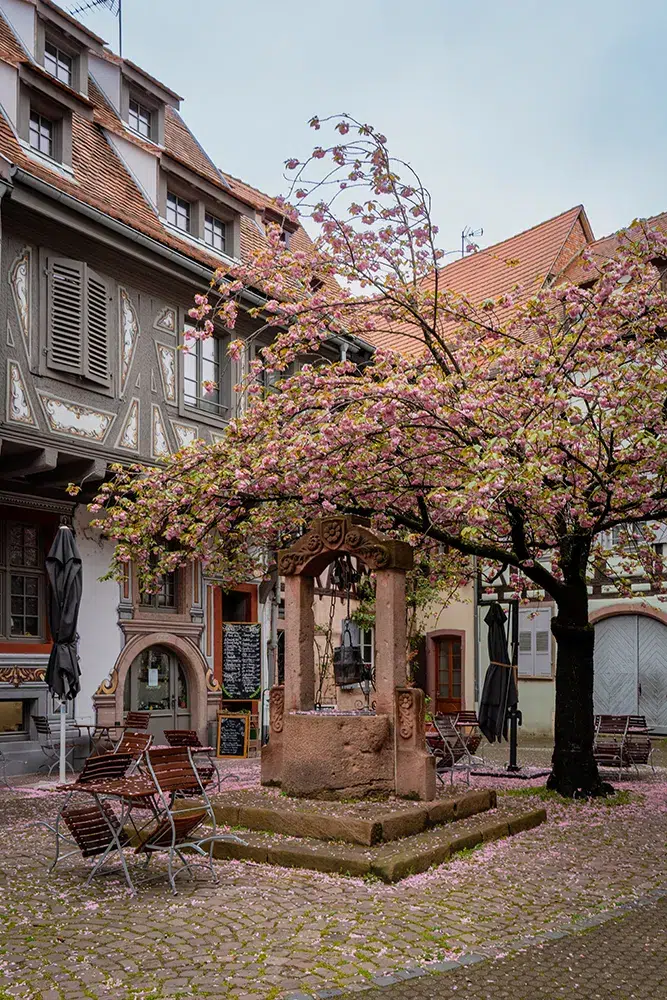
Sélestat: 13 centuries of history
The history of Sélestat, formerly spelt Schlettstadt, dates back to Roman times, but it was mainly in the Middle Ages that it really took off. The town became a prosperous city from 1217 thanks to its status as an imperial city of the Holy Roman Empire. In the 14th, century, Sélestat was at the heart of the ” Décapole “, a gathering of ten Alsatian towns united in an alliance of mutual aid and defence.
The legend of the giant Sletto
One legend has it that the town was created by a giant called Sletto, who is said to have given his name to Sélestat, from the German ” Schlettstadt “, the town of Sletto.
In the 15th and 16th centuries, Sélestat was a Mecca of Rhenish humanism, thanks in particular to its Latin school, which was recognised throughout Europe and attracted pupils from all over the Empire.
At the end of the Thirty Years’ War in the 17th century, Sélestat became part of the Kingdom of France and enjoyed a period of peace and prosperity until the Revolution, thanks in particular to the presence of a military garrison and the construction of ramparts by Vauban, which were dismantled in 1874 to allow the town to expand.
The richness of its past can still be seen today in its cobbled streets, historic buildings and remarkably well-preserved churches. The town boasts no fewer than 29 buildings listed as historic monuments, an impressive figure for a town of its size.
The cradle of the Christmas tree
Sélestat is also famous for having delivered the oldest written evidence of the existence of a Christmas tree, dated 1521. Every year, the town celebrates this unique heritage with typically Alsatian Christmas decorations.
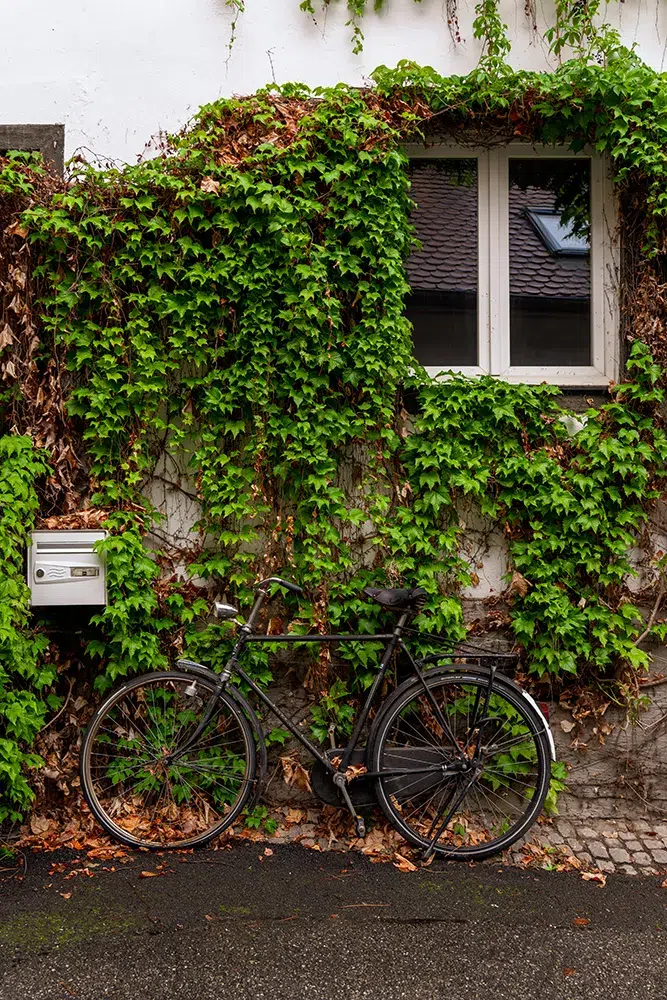
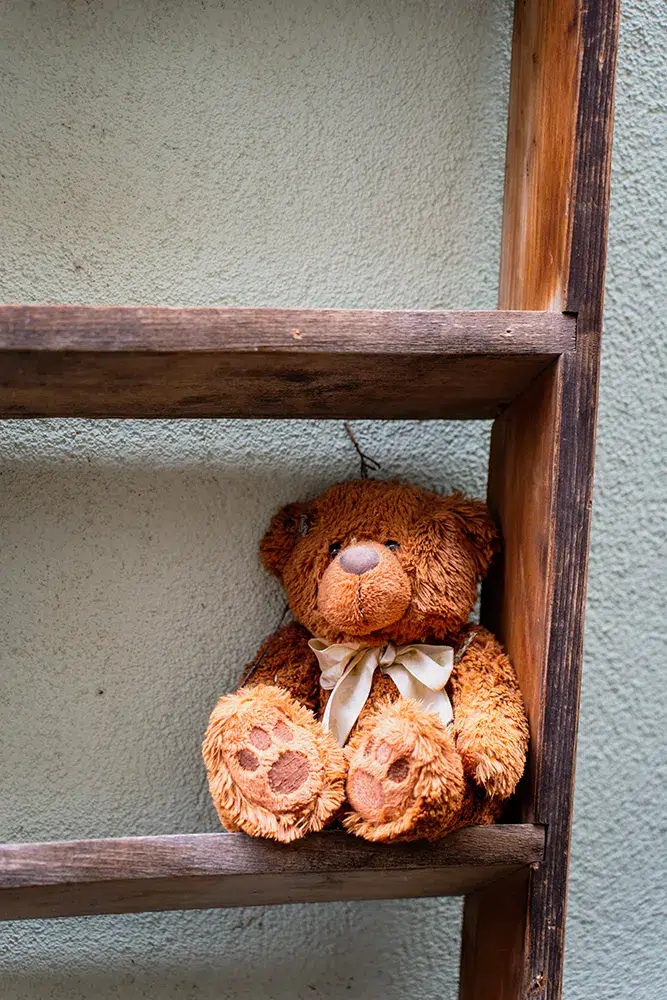

Sélestat’s must-sees: a must-see
The Humanist Library
The intellectual jewel of Sélestat, the Humanist Library is one of the town’s most emblematic landmarks. Housed since 1889 in the former wheat market, it was restored and reopened in 2018. It houses more than 450 medieval manuscripts, 550 incunabula (works printed before 1500) and 2,600 printed works from the 16th century, from the collections of the former parish library and that of Beatus Rhenanus, listed in UNESCO’s “Memory of the World” register.
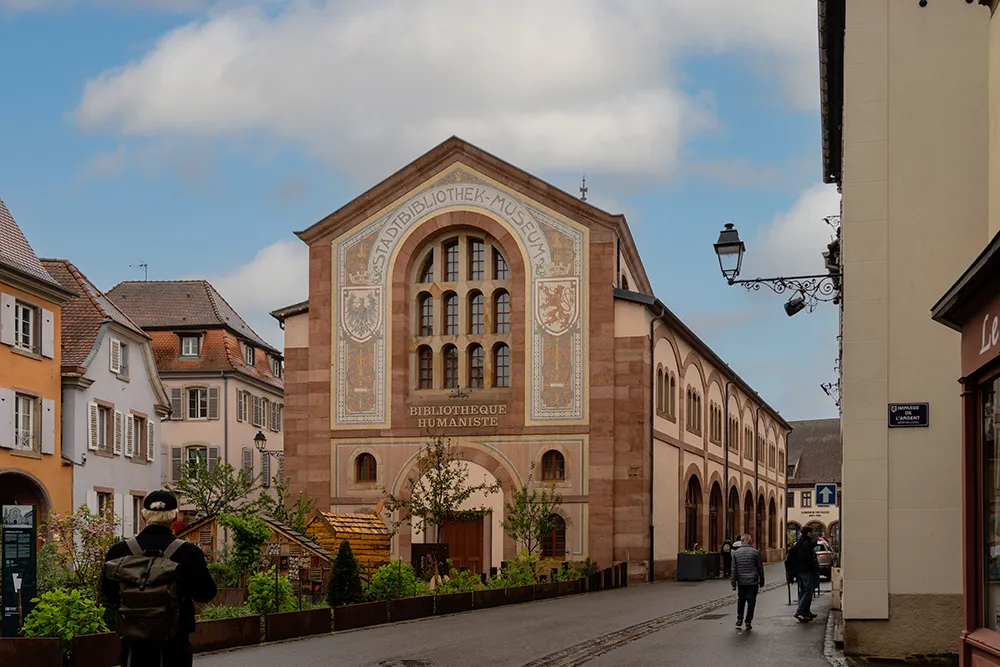
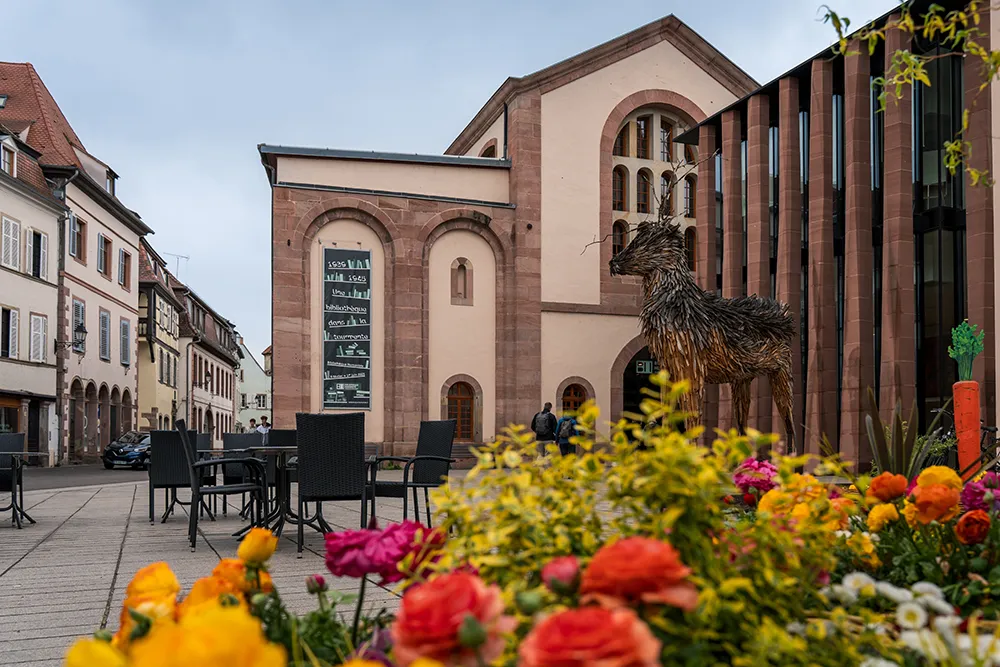
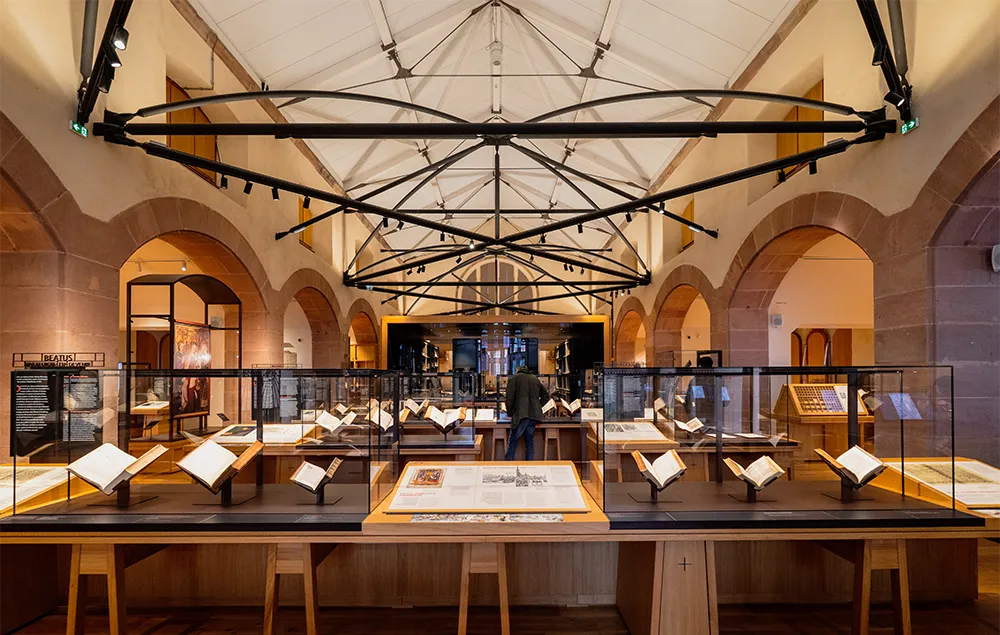
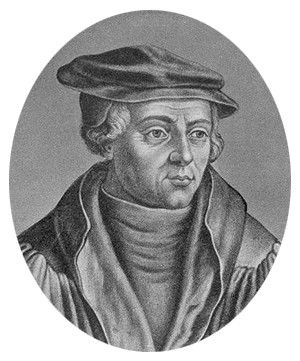
Who was Beatus Rhenanus?
The son of a butcher and a brilliant pupil at the Latin school in Sélestat, Beatus Rhenanus (1485-1547) moved to Basel and became one of the most renowned philologists of his time. A close friend of Erasmus, whose writings he published and whose first biography he wrote, Beatus was ennobled by Charles V. On his death, he bequeathed a vast collection of works to the town of Sélestat.
The Humanist Library is THE must-visit place in Sélestat, with a permanent tour enabling visitors to discover some of its finest works as well as temporary exhibitions on offer throughout the year.

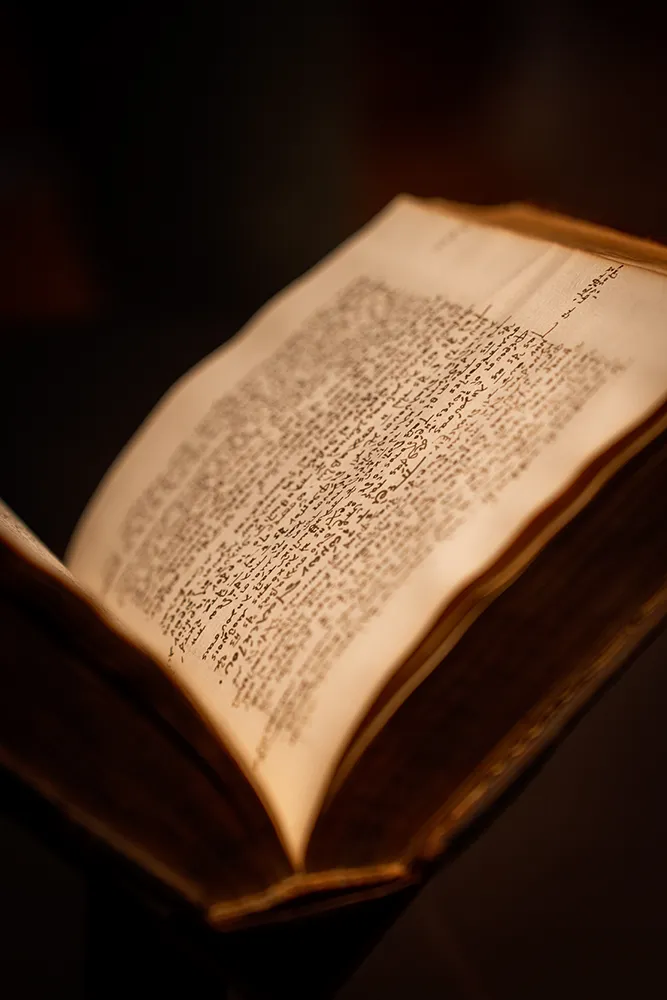
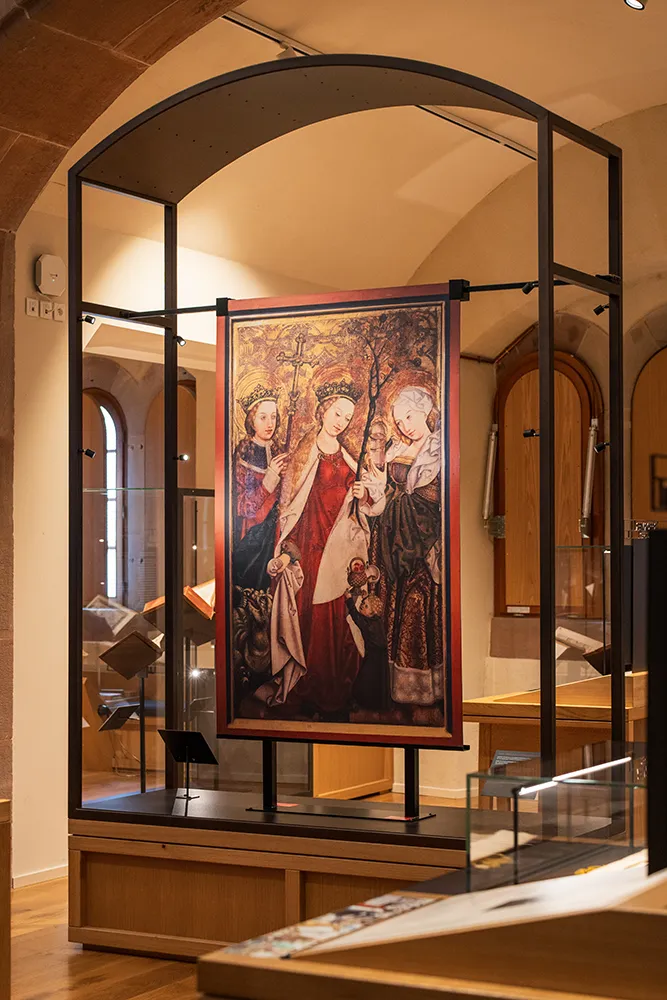
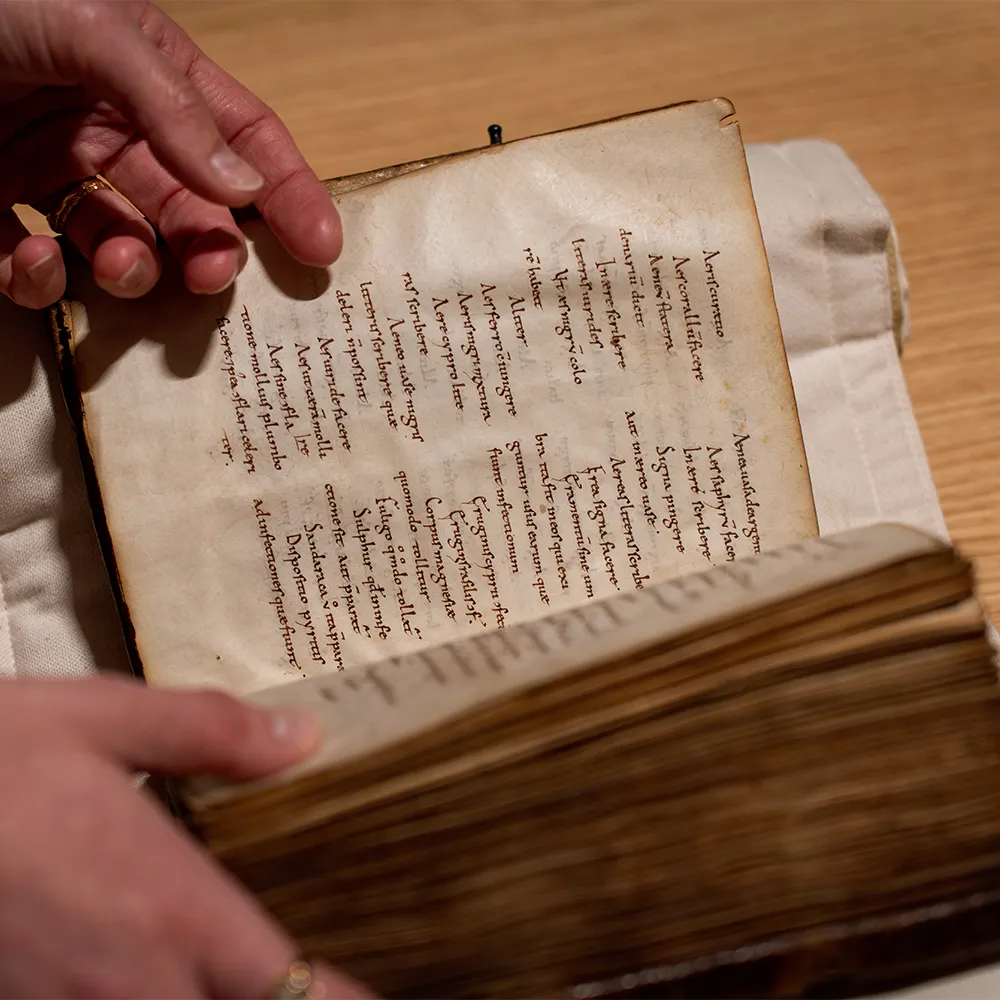
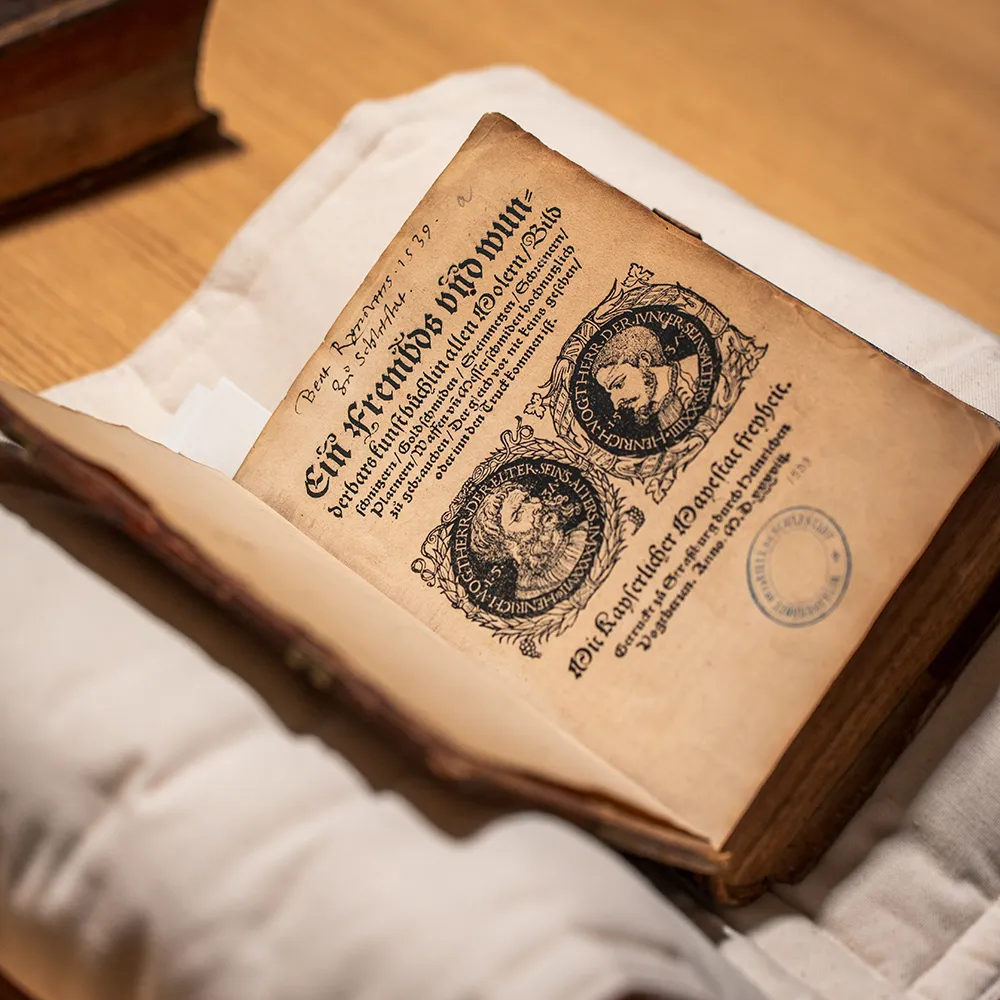
Schedules: variable according to the season, consult the official website of the library
Prices: €6, €4 for under-18s, free for under-7s
Website: https://www.bibliotheque-humaniste.fr/
The churches of Saint-Georges and Sainte-Foy
Although they are neighbours, these two churches have nothing in common Saint-Georges was built by the town’s bourgeoisie while Sainte-Foy, which is more sober, was built by a religious community.
The Gothic-style church of Saint-Georges impresses with its rose window, colourful stained glass windows and majestic nave. The older Sainte-Foy church (built in the 12th century – it is the oldest building in the town) is a fine example of Romanesque with its sober, powerful lines. These two buildings bear witness to the spiritual and architectural wealth of the town over the centuries.

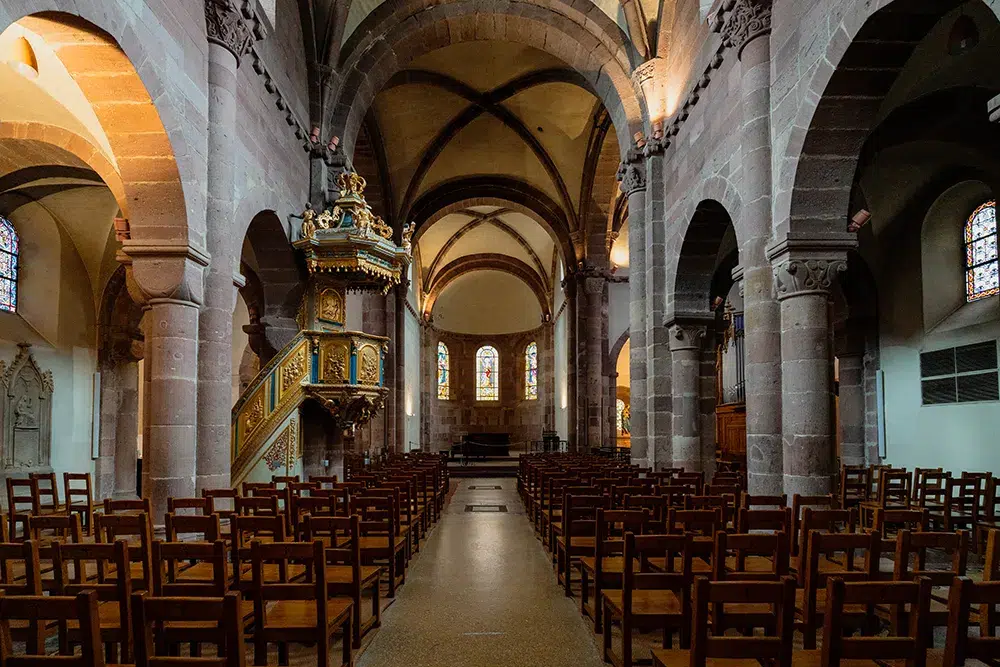
Tend your ear! Explore Sélestat with a podcast
A series of podcasts brings the town’s history to life, from its architecture to its natural and written heritage. Discover the history of Sélestat during the Second World War, the origins of the Christmas tree tradition and Joachim Meyer’s fencing treatise.
A stroll through the historic heart
Start your walk at the Water Castle,the first monument you’ll come across as you leave the station, continue on to the Witches’ Tower then the New Tower, a vestige of the fortifications, and lose yourself in the narrow streets lined with half-timbered houses. Admire the Hôtel d’Ebersmunster, a jewel of the Renaissance… Sélestat can be discovered on foot, with your nose in the air to discover all the details hidden in its architecture.
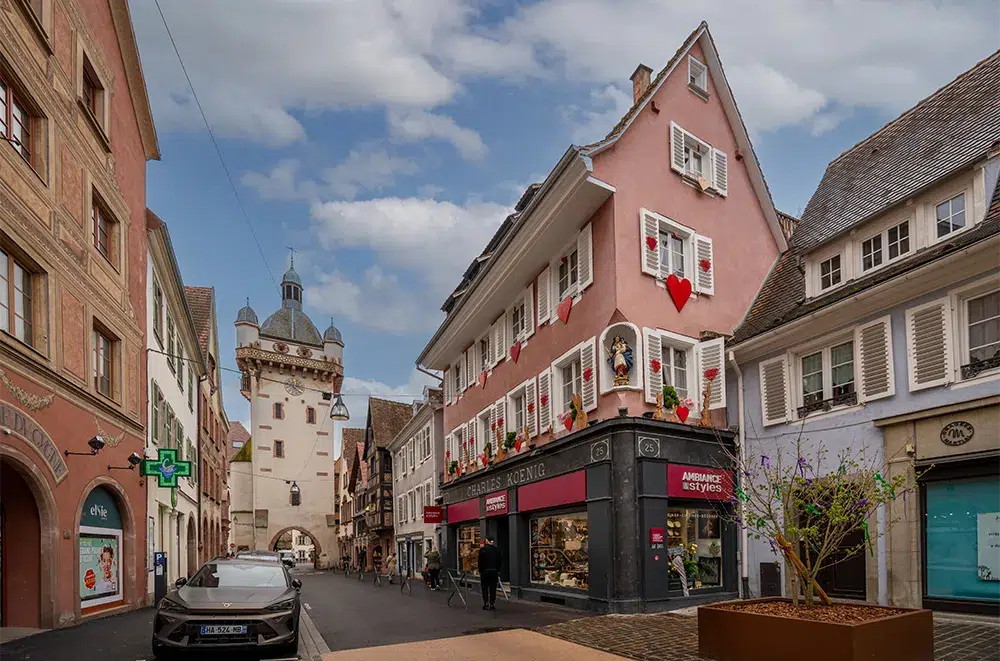
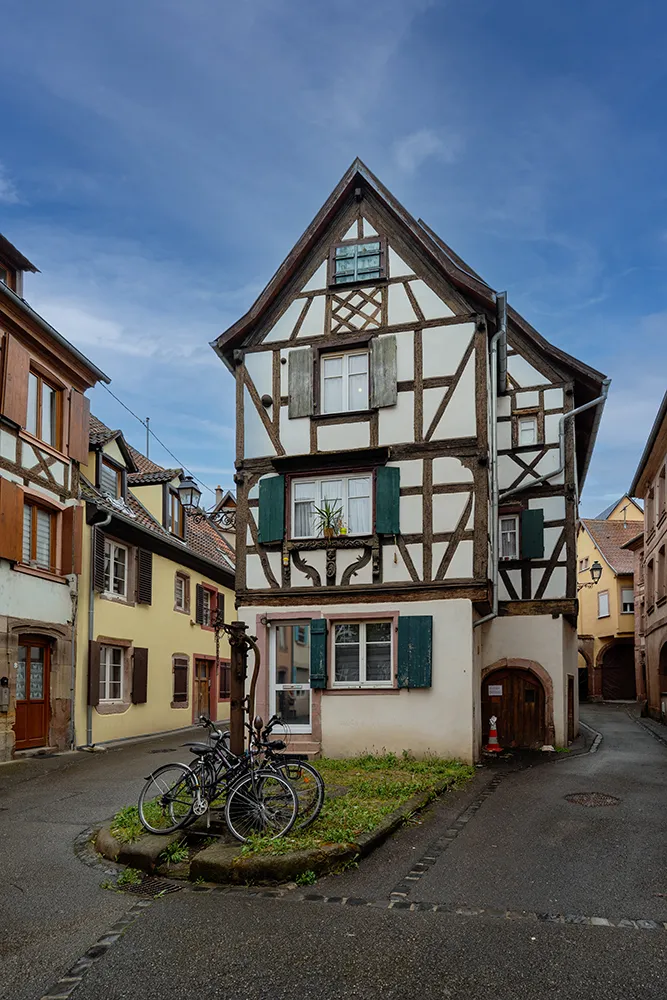

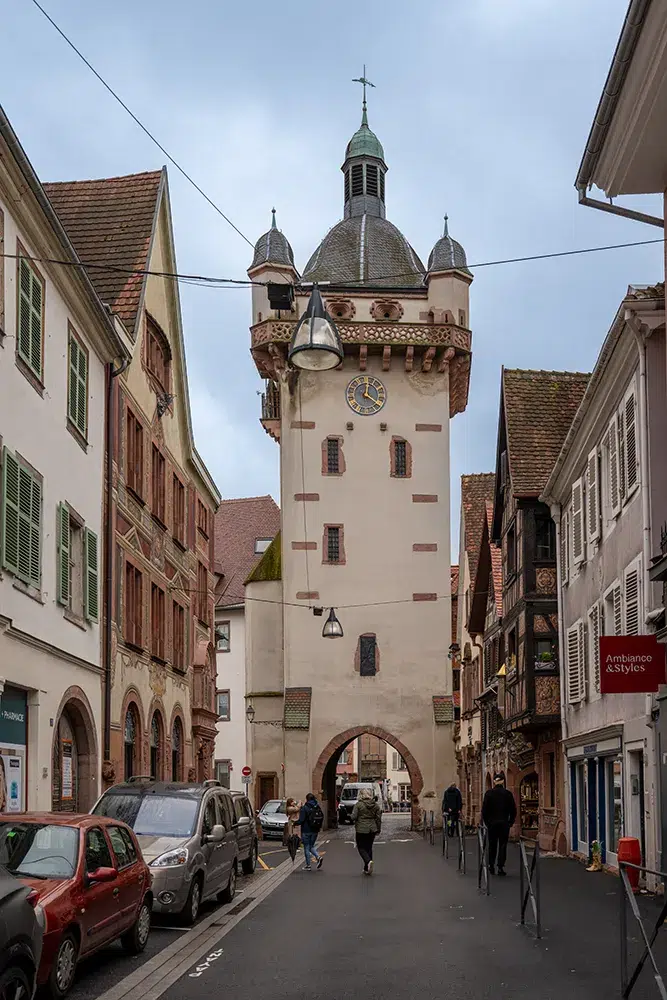
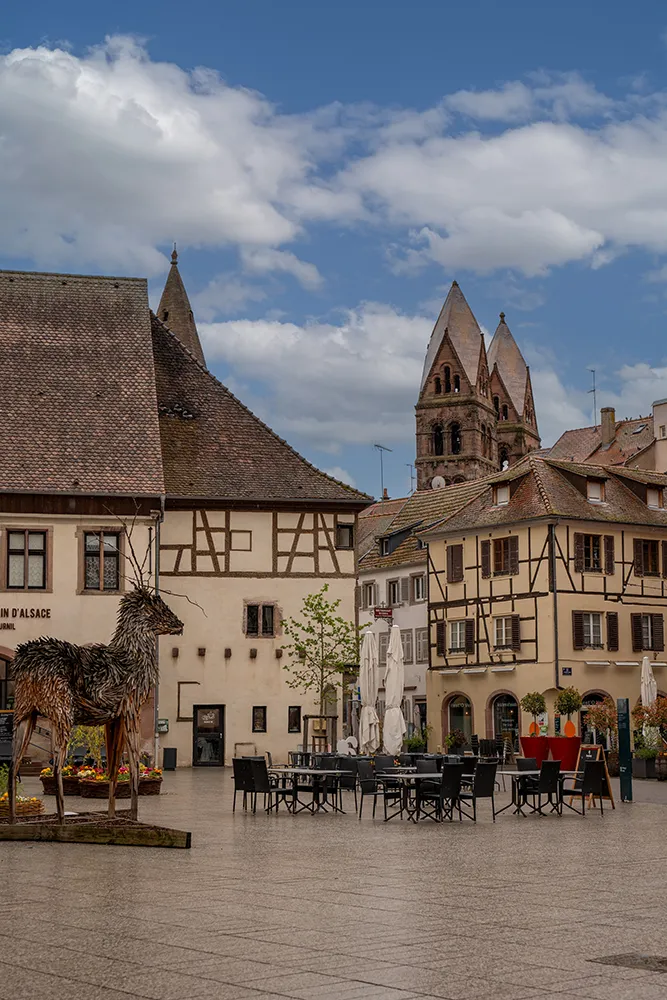
Follow in the footsteps of the lion and the giant Sletto!
As you tour the town, look to your feet : a signposted route in the shape of the footsteps of a lion and the giant Sletto will guide you to Sélestat’s must-see places. Go to the tourist office for a free guide booklet. The route is 2.8km long, so allow 2 hours to do it in full or 1 hour if you opt for the shorter version.
Natural heritage
The area around Sélestat is full of natural treasures. Just a few kilometres away, the Ill*Wald nature reserve is unique. With its wildlife (including almost 300 fallow deer) and unspoilt flora, it’s an ideal green break.
The Haut-Koenigsbourg castle
Located around twenty minutes away in the Vosges mountains, this medieval castle perched 757 metres above sea level offers spectacular views over the Alsace plain. Destroyed then rebuilt many times, it is a castle with a fascinating history.
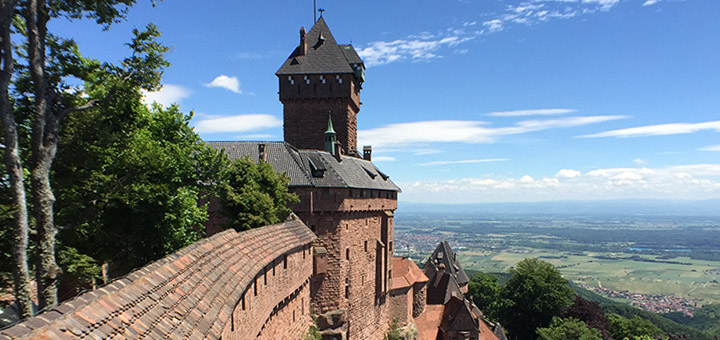
Gourmet delights in Sélestat
Alsace is a land of gastronomy, and Sélestat is no exception. Here are a few addresses that will delight your taste buds:
- La Maison du Pain d’Alsace: part museum, part bakery and part tearoom, this is the ideal place to sample the famous ” bredela “, the region’s typical biscuits. – https://maisondupain.alsace/
- Le CG : a restaurant where you can enjoy typical regional dishes at low prices. – https://le-cg.com/le-restaurant/
- The Wach patisserie : Set in a traditional house, the Wach patisserie offers a wide selection of pastries but also, upstairs, a lunch room serving simple but hearty dishes such as the famous tartes flambées, tartines and salads. A great place to relax and recharge your batteries between two visits.

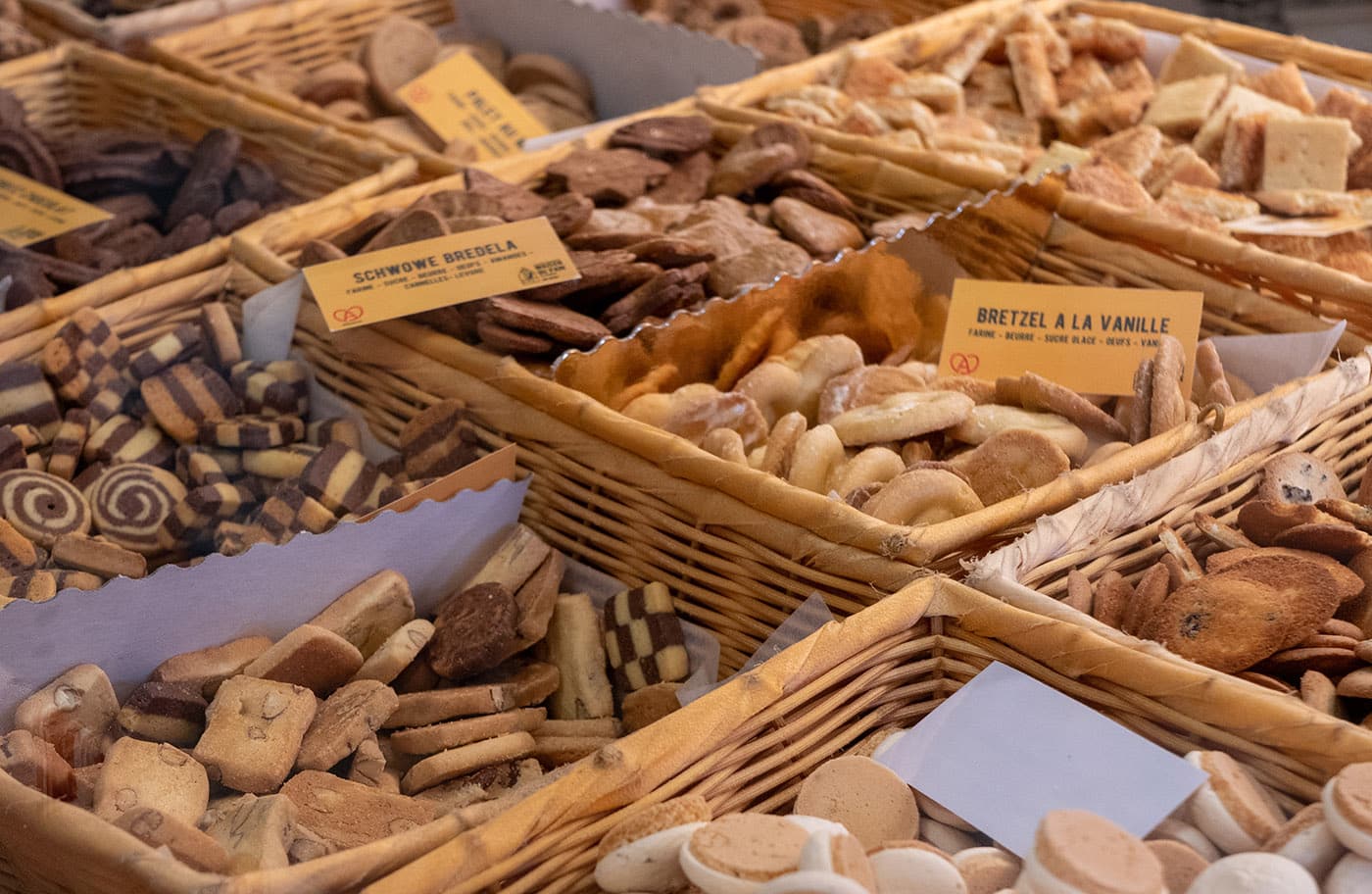
Interactive map of Sélestat
All the addresses mentioned in this article can be found on this map:
Enjoy your stay in Sélestat!
Article produced in collaboration with the City of Sélestat.
All photographs illustrating this article are the property of Culturez-vous and may not be reused without written permission.

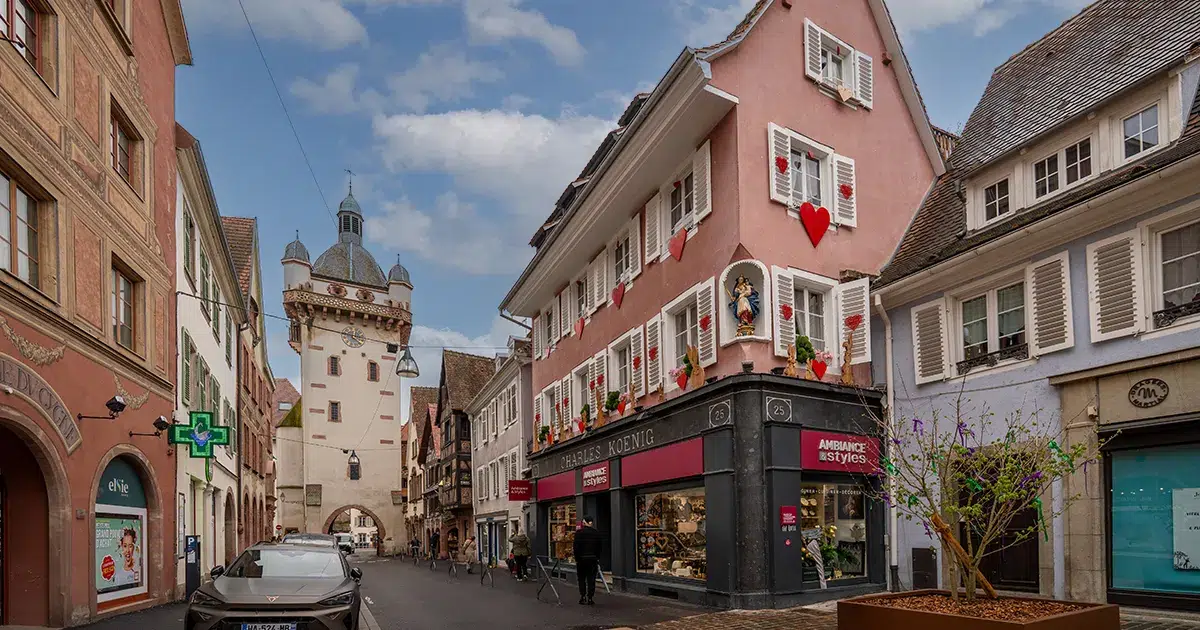



No Comments
Leave a comment Cancel